Scallion pancakes, known in Mandarin as cong you bing (葱油饼), are a savory, flaky, and aromatically seasoned flatbread that has captivated taste buds across China and beyond. This humble yet iconic dish, often referred to as the “Chinese pizza” in some circles, holds a cherished place in Chinese culinary history. While its exact origins are debated among food historians and regional enthusiasts, the consensus points to northern and eastern China as its birthplace, with Shanghai, Shandong Province, and Beijing frequently cited as key centers of its development. This article explores the geographical, historical, and cultural tapestry of scallion pancakes, tracing their journey from ancient street food to a global comfort dish.
Historical Roots and Geographical Origins
The story of scallion pancakes begins in ancient China, where flatbreads made from wheat or millet flour were staples of peasant diets. These early ancestors of the modern scallion pancake were simple, unleavened discs cooked on clay stoves or griddles. Over centuries, culinary innovation transformed these basics into the layered, aromatic delight we recognize today.
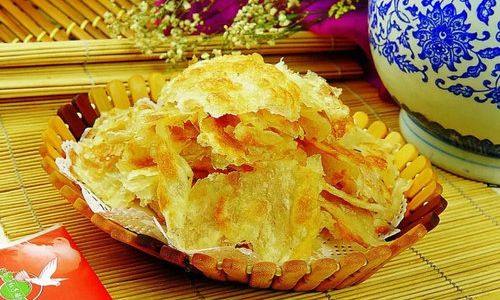
Shanghai’s Claim to Fame
Shanghai, a cosmopolitan hub on China’s eastern coast, is often credited with perfecting the scallion pancake. During the Qing Dynasty (1644–1912), the city’s bustling streets became a melting pot of culinary traditions, blending ingredients and techniques from across the empire. Street vendors, or xiaochi sellers, began experimenting with dough enriched with lard or oil, layering it with fresh scallions (green onions) and spices. The result was a golden, crispy pancake with a tender, flaky interior—a portable snack ideal for Shanghai’s fast-paced urban life.
Shandong Province’s Northern Influence
To the north, Shandong Province, renowned for its wheat cultivation, also lays claim to the dish. Shandong cuisine, or Lu cai, emphasizes hearty flavors and robust textures, and scallion pancakes here often feature a thicker, chewier dough. Some historians argue that the province’s long history of wheat farming and its proximity to the imperial capital during the Ming and Qing dynasties made it a natural cradle for the pancake’s evolution.
Beijing’s Imperial Connection
In Beijing, the capital city, scallion pancakes gained prominence as a street food favorite. During the Yuan Dynasty (1271–1368), when the city was known as Dadu, Mongolian rulers introduced new cooking techniques, including the use of animal fats in baking. This fusion of northern steppe traditions with Han Chinese ingredients may have contributed to the pancake’s signature flakiness. By the Qing Dynasty, vendors in Beijing’s night markets had refined the recipe, adding sesame seeds or five-spice powder to enhance the flavor.
Regional Variations and Cultural Adaptations
While Shanghai, Shandong, and Beijing are central to the dish’s origins, scallion pancakes have evolved into a canvas for regional creativity. Each area has adapted the recipe to suit local tastes, ingredients, and climates.
Shanghai-Style Scallion Pancakes
Shanghai’s version is celebrated for its delicate layers and crispy texture. The dough is made with boiling water, which partially cooks the flour, creating a tender crumb. Generous amounts of lard or vegetable oil are layered between sheets of dough, along with finely chopped scallions. When fried, the pancake puffs into golden, flaky strata, often brushed with soy sauce or vinegar for a tangy kick.
Shandong’s Hearty Approach
In Shandong, the pancake is thicker and chewier, reflecting the province’s agricultural heritage. The dough is typically made with cold water, resulting in a denser texture. Shandong cooks often add minced ginger or garlic to the filling, pairing the pancake with pickled vegetables or a bowl of hot soy milk for a filling meal.
Beijing’s Street Food Classic
Beijing’s scallion pancakes are thinner and crispier, with a focus on achieving maximum flakiness. Vendors in the city’s historic hutongs (alleyways) might sprinkle the dough with cumin or Sichuan pepper for an added layer of complexity. These pancakes are often sold alongside jianbing (Chinese crepes) and youtiao (fried dough sticks) as part of the capital’s vibrant breakfast scene.

Taiwan’s Fusion Twist
After 1949, when the Kuomintang regime relocated to Taiwan, the island inherited and adapted mainland Chinese dishes. Taiwanese-style scallion pancakes sometimes incorporate local ingredients like pork floss or seaweed, reflecting the island’s coastal geography. Night markets in Taipei and Kaohsiung now offer gourmet versions, with chefs experimenting with truffle oil or cheese to appeal to modern palates.
Cultural Significance and Symbolism
Scallion pancakes are more than just a snack; they embody cultural values of resourcefulness, community, and tradition.
A Symbol of Humility and Resilience
Historically, scallions and flour were affordable, readily available ingredients, making the pancake a staple for laborers and farmers. Its simplicity and portability allowed it to thrive during times of economic hardship, earning it a reputation as a “people’s food.” Even today, the dish remains a reminder of frugality and culinary ingenuity.
Street Food Culture and Social Connection
In China, street food vendors are cultural institutions, and scallion pancake stalls are no exception. The act of waiting for a freshly fried pancake, the sizzle of oil, and the aroma of caramelized scallions create a sensory experience that fosters community. For migrants and travelers, the taste of a scallion pancake can evoke nostalgia for homeland and tradition.
Festivals and Celebrations
During festivals like the Mid-Autumn Festival or Lunar New Year, scallion pancakes may appear on family tables alongside mooncakes or dumplings. Their circular shape symbolizes unity and completeness, aligning with the holidays’ themes of reunion and prosperity.
The Art of Making Scallion Pancakes
While the recipe varies by region, the core technique involves layering dough with oil and scallions to create flaky textures. Here’s a simplified overview of the process:
- Dough Preparation: Mix flour with hot or cold water (depending on regional style) to form a soft, pliable dough. Knead until smooth, then rest for 30 minutes.
- Filling: Combine chopped scallions, salt, pepper, and oil. Some recipes add sesame seeds or five-spice powder.
- Layering: Roll the dough into a thin sheet, brush with oil, and sprinkle the scallion mixture. Roll the dough into a log, then coil it into a spiral.
- Cooking: Pan-fry the pancake in a hot skillet with oil until golden and crispy, flipping occasionally.
Mastering the layering technique is key to achieving the pancake’s signature flakiness—a skill passed down through generations.
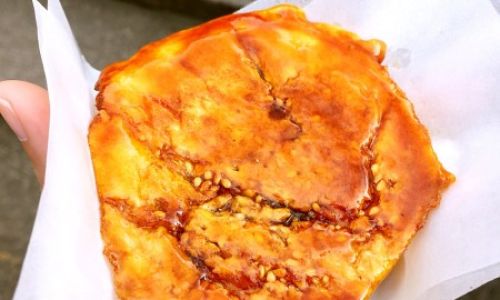
Global Influence and Modern Adaptations
In the 21st century, scallion pancakes have transcended their Chinese roots, appearing on menus from New York to Sydney. Food trucks and fusion restaurants now offer deconstructed versions, such as scallion pancake tacos or “cronuts” (croissant-doughnut hybrids) filled with scallion cream.
Culinary Diplomacy
Chinese diplomats and cultural institutes often serve scallion pancakes at events to showcase the country’s culinary heritage. In 2018, a Shanghai chef prepared a 10-foot-long scallion pancake in New York’s Central Park to celebrate Chinese New Year, drawing thousands of spectators.
Health-Conscious Twists
Modern adaptations cater to dietary trends, with gluten-free flours, avocado oil, and vegan “scallions” made from allium vegetables like leeks. Some bakeries even offer sweet variations, drizzling honey or condensed milk over the pancakes.
Controversies and Debates
Despite its universal appeal, the scallion pancake has sparked culinary debates. Purists argue that authentic recipes require lard and hand-chopped scallions, while modernists experiment with air fryers or frozen dough. Additionally, some food historians challenge Shanghai’s claim to the dish, pointing to similar flatbreads in Korean ( pajeon ) and Japanese ( negiyaki ) cuisines. However, most agree that China’s version is distinct in its layering technique and emphasis on scallion flavor.
Conclusion: A Timeless Delight
Scallion pancakes occupy a unique space in Chinese gastronomy: they are both ancient and modern, humble and gourmet, local and global. Whether enjoyed from a street cart in Shanghai, a night market in Taipei, or a trendy café in Brooklyn, this dish continues to embody the spirit of Chinese cuisine—adaptable, resilient, and deeply connected to cultural memory. As chefs and home cooks alike reimagine its possibilities, one thing remains certain: the scallion pancake’s journey from ancient street food to international icon is far from over.
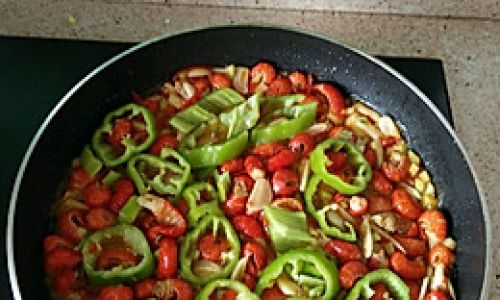
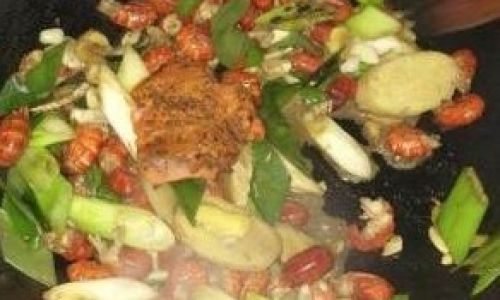
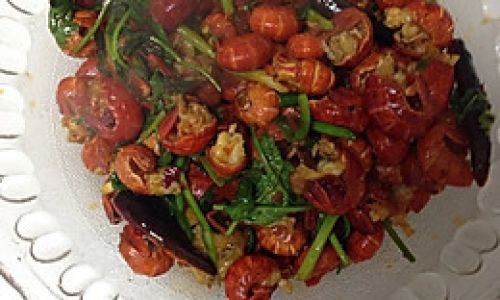


0 comments